Sugar confectionery sales are growing three times faster than chocolate, according to The Haribo Report 2003, which attributes the growth to new product development and increased market support. It puts the value of the total sugar confectionery market at £993m and says that the top performers are gums & jellies, soft & chewy fruits and family-sized bags.
According to Haribo, gums & jellies is the biggest category within sugar confectionery and has achieved the highest level of long-term growth. Over the past five years sales value has increased by 55 per cent, compared with a 19 per cent increase in total sugar confectionery sales. And forecourts have been quick to cash in with their sales of gums & jellies now totalling more than £23.8m annually and volume sales continuing to rise.
Helmut Mager, managing director of Haribo, says: “Forecourt stores are now looking at every opportunity to maximise sales both through existing and new categories. They had been slow to capitalise on the potential of gums & jellies as forecourts had tended to focus on traditional lines such as hard-boiled sweets, toffees and mints. It’s really only in the last two to three years as the convenience element of their stores have developed that they have started to broaden their range to reflect what’s on offer in the supermarket and high street stores.”
He adds: “The Haribo range is ideally suited to the impulse nature of forecourt purchases, particularly given the focus that forecourts put on bagged confectionery lines. The Haribo family bags are ideal for sharing on a long journey, and the novelty lines are popular with children. For example, sales of Kiddies’ Super Mix have grown by 39 per cent during the last year.”
SOURS
The big news in sugar confectionery this year has been the growth of sour flavours, with the major manufacturers all launching new products and heavily advertising in this sub-sector.
Masterfoods, for example, says that sours enjoyed a market growth of 23 per cent in 2002, and to capitalise on this it launched Starburst Sour Chews in May this year. The launch of Starburst Sours was supported by a new Sours-specific TV ad and overall brand relaunch campaign worth £3.4m. Starburst Sour Chews are a mix of four chewy sour fruit flavours including sour apple, raspberry, pineapple and cherry fruit chews that come packaged in illuminous green wrapping for standout on-shelf.
The product is available to forecourts in two formats – a 45g impulse stick pack (rrp 29p) and a 200g large bag (rrp 99p).
Cadbury Trebor Bassett was the first to enter the adult sours market with Maynards Sours. The launch also saw a redesign of packaging for the core Maynards brands – Wine Gums, Wine Pastilles and Sours – to mark a clear distinction between each one.
Meanwhile, Leaf UK is using sours to target younger confectionery consumers. It recently launched Chewits Xtremely Sour Chews in Tutti Frutti and Sour Apple flavours. Mark Ogilvie, marketing manager at Leaf, says: “Extremely sour flavours have developed a cult following among youngsters. We have been delighted with the success of Xtremely Sour, which has also successfully extended Chewits brand loyalty to an older age group. Sour flavours are all the rage and retailers have a great opportunity to cash in on extreme flavours.”
Indeed, Leaf says sales of Xtremely Sour have risen 23.2 per cent in the last three months and now have a comparable rate of sale to Chewits Strawberry flavour.
The Chewits brand is being supported this year with a £3m ad campaign including TV and cinema advertising in October and November plus covermount sampling with top-selling kids’ publications such as Jurassic Park and the Disney Comic.
Leaf has also added sours to its Malaco brand – Sour Watermelon flavour jelly sweets have been launched into the pocket-money sector, packaged in resealable tubs with a £6 retail value and priced at 2p each.
GUM
According to Wrigley, gum has grown four times faster than other confectionery since 1999 with over half the UK population regularly chewing gum.
Jo Hartop, head of communications at Wrigley, says: “According to ACNielsen, the UK gum business was last year worth £236m (rrp) in the UK, and continues to grow with sales up 14 per cent on the previous year. The gum business in multiple forecourts is currently worth £26m, having grown eight per cent in the past 12 months.”
She adds: “There’s only one part of the forecourt the customer has to visit – and that’s the tillpoint. Forecourt retailers shouldn’t underestimate the importance of this area and what a huge potential source of additional sales and profits it can be.”
Hartop says that up to 30 per cent of a typical independent forecourt retailer’s entire confectionery countline profit is generated by the Wrigley tillpoint display. “Four of the top five profit earning confectionery countlines – Extra Peppermint, Extra Spearmint, Extra Cool Breeze and Airwaves Menthol & Eucalyptus – are all Wrigley lines,” she says.
“Making the most of impulse purchasing can be a determining factor in the success of a store. We have carried out research, which revealed chewing gum to be clearly the most impulsive category in independent stores – three times more likely to be bought on impulse than confectionery or snack foods. Retailers who do not stock a full Wrigley display at the till are missing out on potential revenue.”
Hartop adds that retailers must keep up to date with new launches: “Over half of Wrigley sales are generated from products introduced in the past five years.”
MINTS
According to Wrigley, sales of mints have declined by nine per cent since 1999, but nevertheless there has been much innovation lately with manufacturers determined to reverse the decline with heavyweight investment.
Wrigley’s new mint product is Extra Mints packaged in a flip-top box in peppermint and spearmint flavours bearing the strapline ‘cool burst – lasting freshness’. Rrp is 42p for 20 mints. Wrigley’s sales teams will be visiting all independent retailers to offer merchandising advice and equipment for Extra Mints.
Meanwhile, Ferrero says that while general mint sales are down, its mini mint brand Tic Tac is showing strong sales through forecourts, up 35.8 per cent on last year.
Within forecourts the most popular flavour is Mint, followed (in order) by Lime/Orange, Extra Strong and Spearmint.
Ferrero points out that there is a clear consumer need for mints as well as gum with research showing that consumers who buy chewing gum also have a strong propensity to purchase mints. It says retailers should also make use of all pos and display opportunities, such as Tic Tac’s self-merchandising unit, sited on the counter or on the confectionery fixture, as these are proven to increase Tic Tac sales dramatically.
Say’s Tic Tac group product manager, James Gentle: “It’s no surprise that Tic Tac is such a strong performer on the forecourt and there are many reasons for its consistent success – it’s an instant mouth freshener in a car-friendly pack and, not least, it’s great value for money at just 31p (rrp). Another key reason for our strong performance is consistent heavyweight brand support.”
Nestlé, meanwhile, has been focusing on the hanging bag sector of the mint market with this summer’s launch of Polo Clears – clear, mint-flavoured sweets shaped like a traditional Polo mint and individually wrapped in a 144g hanging bag. Nestlé says the launch marks the brand’s aim to become the beacon brand for mint hanging bags.
A Nestlé spokesperson says: “Little is being done to drive category growth in the ‘sucky sweets’ sub-sector of the mints market. Polo therefore aims to help rejuvenate it and capitalise on the strength of the core brand to attract more shoppers to notice and buy in to mint hanging bags.”













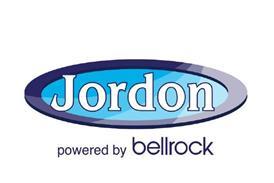


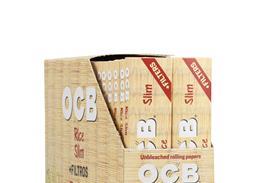

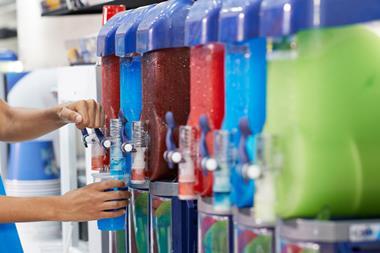


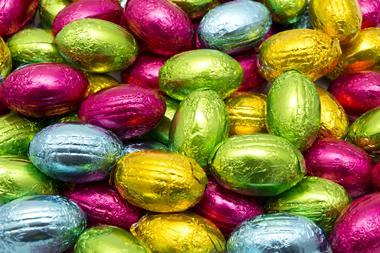

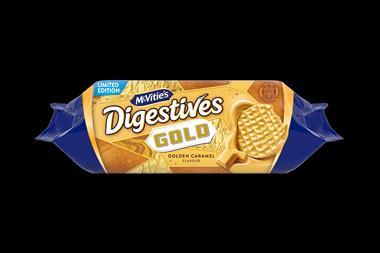

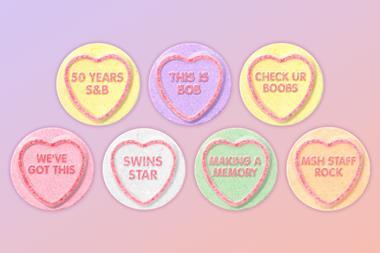


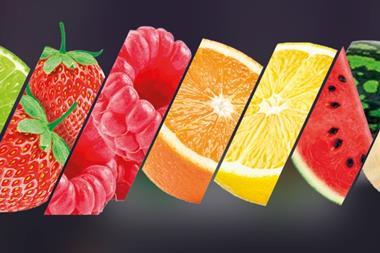
No comments yet